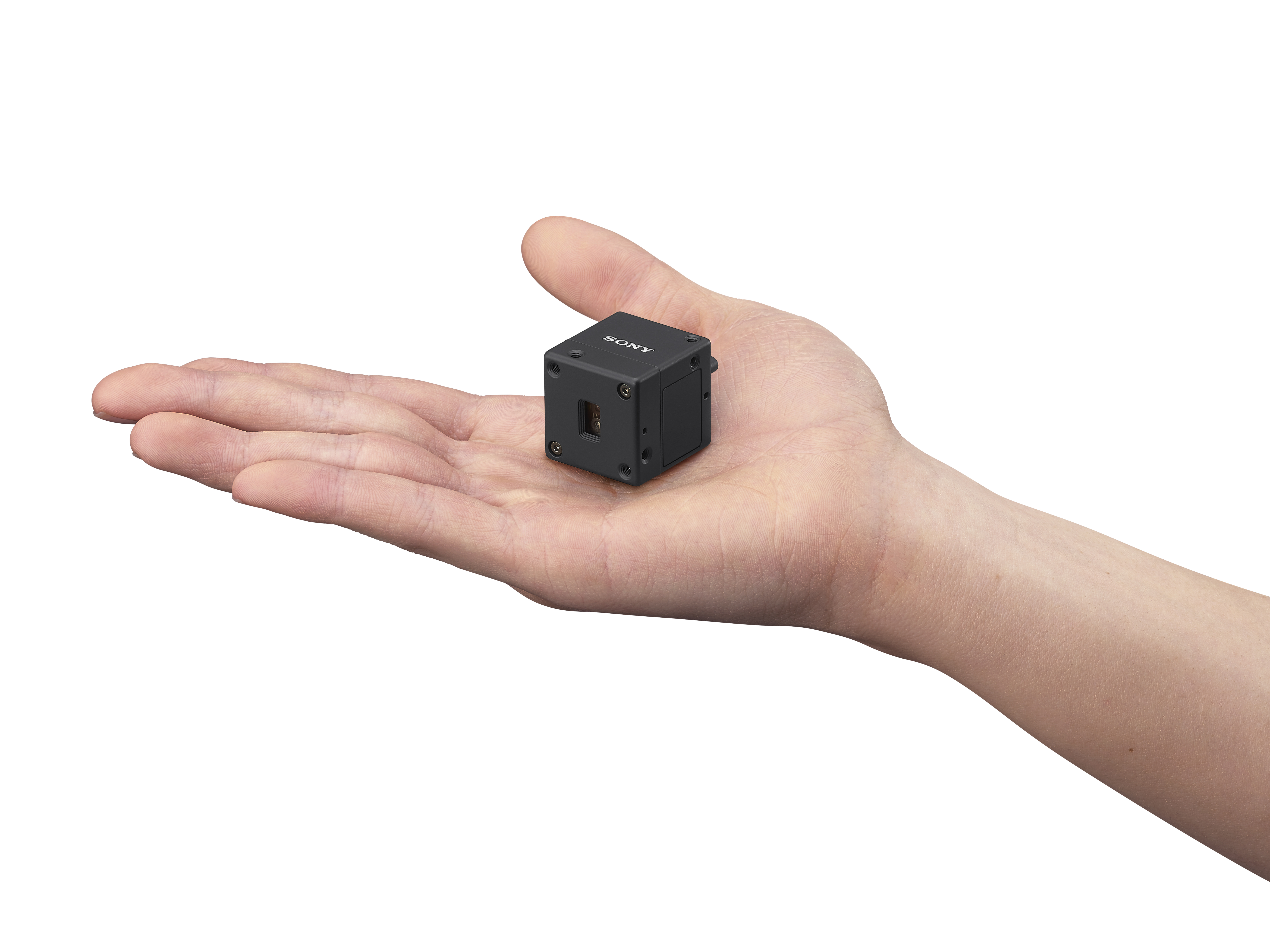SOUND DEVICES 744T SYNCS UP WITH SOUND EFFECTS CREW ON BATMAN: THE DARK KNIGHT
HOLLYWOOD — Cars, motorcycles, weapons and other hi-tech gadgets are a key element to the power and mystic of the latest Batman film Batman: The Dark Knight. To give energy and reality to these great “toys,” Hollywood sound recordists John Fasal and Eric Potter employed some high-end technology, using Sound Devices’ 744T field recorders and 442 and 302 field mixers to capture authentic sounds for the film.
Under the direction of Sound Designer and Supervising Sound Editor Richard King, Fasal and Potter were mandated with the specific task of bringing a variety of vehicles to life. This included the Batmobile, the BatPod (Batman’s new motorcycle), semi trucks, S.W.A.T. vans, armored trucks, as well as a series of the Joker’s automatic weapons, the sounds of which all contributed to the film’s intense and dynamic comic book feel. While the majority of the sounds needed were loud, relieving the team of concerns about ambient noise affecting their recordings, trying to catch all the details of fast-moving vehicles is what could have turned into a considerable challenge. The pair required equipment that could withstand the varying weather, being placed in moving vehicles as they sped along through streets at break-neck speeds, along with the capability to record at a moment’s notice. Since the majority of the work was done on location, equipment that did not require lots of interfaces and cabling was key. Potter and Fasal found that the Sound Devices’ recording technology met every one of these challenges. Among the first to adopt the Sound Devices’ recording technology for effects work on War of the Worlds, Potter and Fasal already knew that the 744T, along with the 442 and 302 field mixers, would be the answer and function well in the variety of situations and environments required for this project.
“For Batman: The Dark Knight, we used multiple mics,” says Fasal. “This is where we really enjoyed having the 7-Series because sometimes four channels just aren’t enough. On this project I was often running two locked 744T’s together, with the four channels of the 442 feeding channels three and four on the two recorders. That combination covered eight channels really nicely.”
Using the recorder’s C-link feature, multiple 744T’s can be daisy-chained, offering high track counts, when required. The pair also extensively used the recorder’s 192 kHz sampling rate, providing the design team the ability to manipulate key sounds with the highest possible fidelity. Another feature that the pair found useful was the record buffer. Once record is pressed it will capture, depending on the sampling rate, from two to ten seconds of sound preceding the record key being pressed.
“The 744T’s record buffer was handy when we were recording the big tires on the Batmobile,” Potter explains. “One of the many elements that went into creating the sound of the Batmobile was huge tires mounted on the back of a vehicle. We worked with several off-road vehicles, and motorcycle and bicycle tires, working at different speeds and in different environments in order to find the perfect sound. If I had to record the entire time we were trying to experiment with these different road surfaces, I would’ve eaten up a lot of disc space and had huge sound files. But with the record buffer, when a particular road surface came up that sounded good, I could just hit the record button as it came on and I would capture that entire phrase.”
Since time was a factor during these recording sessions, Fasal and Potter were not able to enter metadata prior to each take. Instead, when recording both interior and exterior sounds for specific vehicles, Fasal and Potter required a means to be able to reference the separate recordings later on. By utilizing the 744T’s C-link feature, they were able to sync the time code between the internal and external recorders, making it easier for the sounds to be married in post.
“John typically has his two 744Ts linked together to get eight channels of an onboard recording. While that onboard recording is happening, I often am in an exterior position capturing pass bys and various maneuvers at different speeds from different angles at the same time,” says Potter. “In this case, we use the C-link cable connection. I set my machine on a free run jam once for the time code. That setting will read the time code off of John’s machine, the two recorders can then run free on their own and no longer have to be connected. It will stay in sync for quite a while so we can separate and run around in all different kinds of positions and basically stay in sync.”
Get the TV Tech Newsletter
The professional video industry's #1 source for news, trends and product and tech information. Sign up below.
Some of the vehicles being captured for the film were capable of reaching speeds in excess of 180 mph, so as Fasal explains, the ability of the 744T to simultaneously record to CompactFlash and the recorder’s internal hard drive, gave him the added security that the recording would not be affected by vehicle movement.
“I recorded several vehicles; one of which was an Italian MV Agusta motorcycle that Bruce Wayne rides—that’s a fairly super bike,” says Fasal. “I’ve always had a hard time on motorcycles when using hard disk recorders because of the vibrations. Since we recorded to hard drive and simultaneously to eight GB CompactFlash, we always had a backup in case the hard drive skipped a beat because of a bump or some vibration of the drive line. Also, when recording one of the electric cars I was cornered with amazing G forces and the recorder took a lot more than I could! They’re built really solid and with the company continually updating the associated software I know I will continue to use Sound Devices on future projects.”
